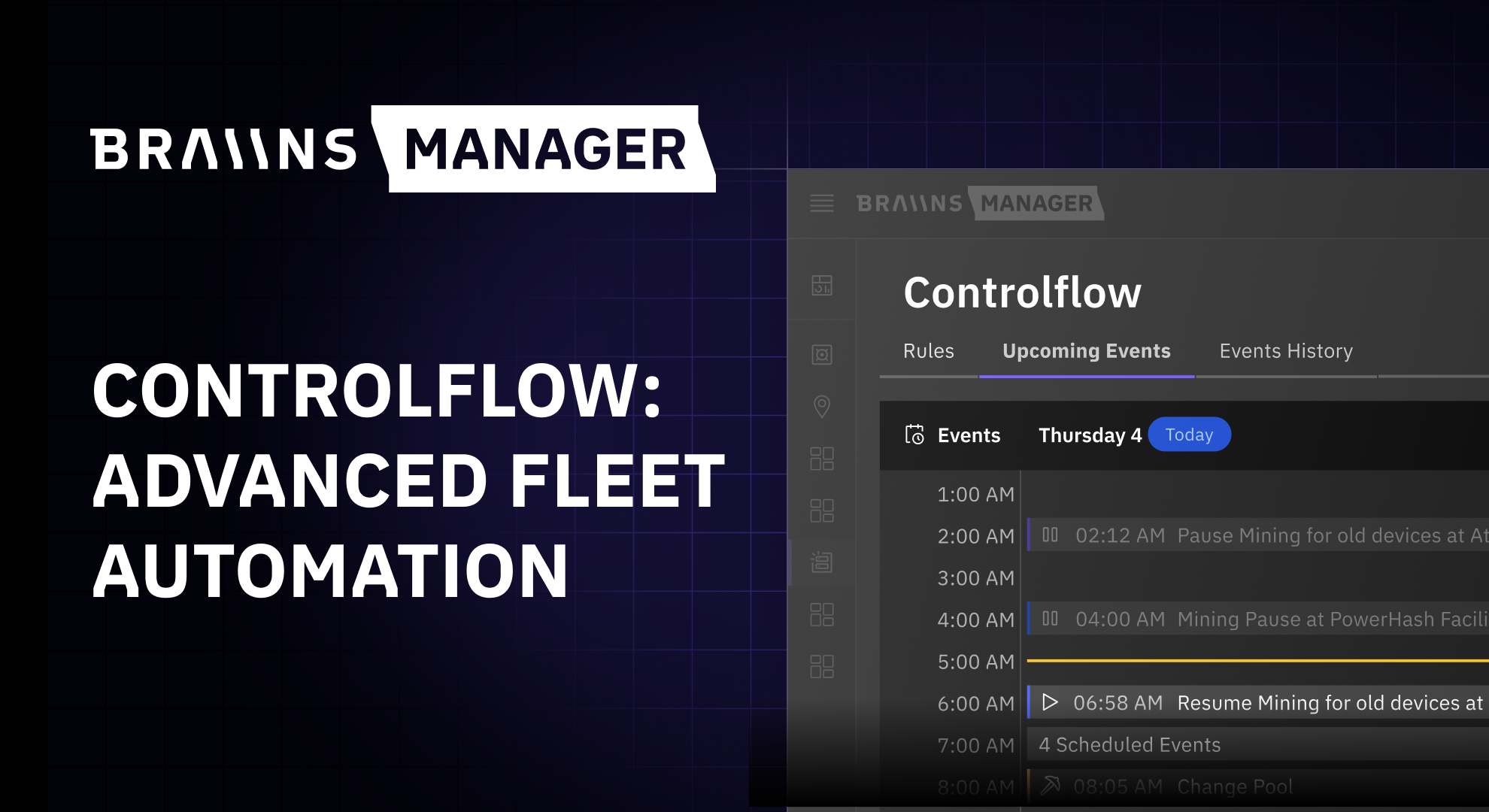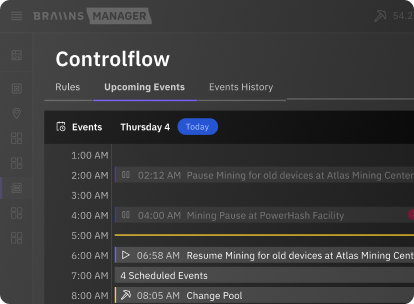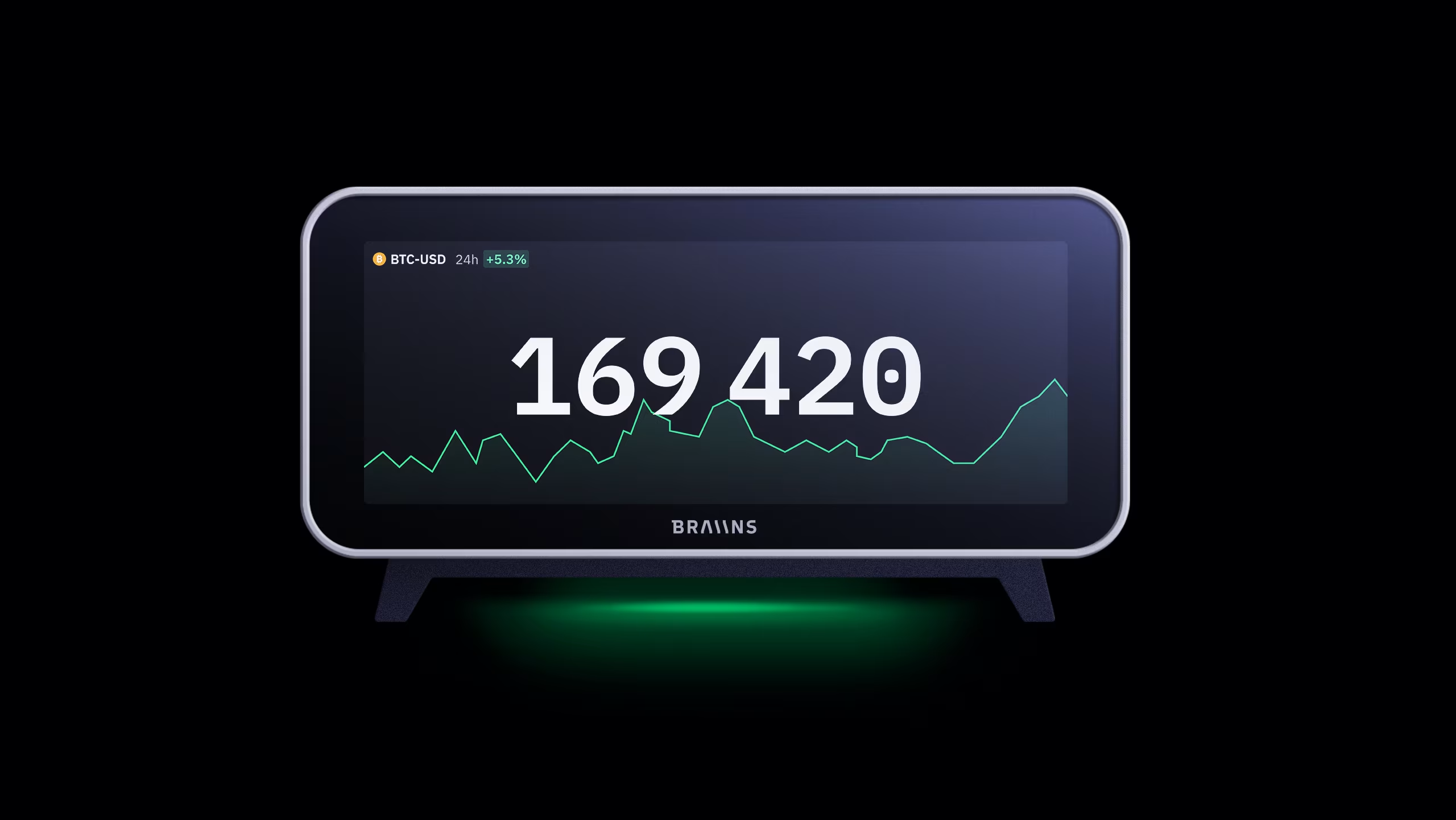The Bitcoin Halving, Part 1: Market Edition
Published
8.4.2020
With the global economy reeling from the coronavirus epidemic and traditional markets like stocks and commodities exhibiting the kind of volatility that Bitcoin has long been criticized for, this halving is shaping up to be the most interesting yet.
.avif)
Table of Contents
To help break it down, we’ve interviewed 5 experts from the Bitcoin world.
- Nic Carter: Partner at Castle Island Ventures, co-founder of coinmetrics.io, financial analyst
- 王伟男 Wang Weinan: Bitcoin miner in China (Sichuan and Qinghai provinces) since 2011
- Kristy-Leigh Minehan: Proof-of-work algorithm developer, consultant at CoreWeave, advisor at Coinmine, formerly Chief Technology Officer of Core Scientific, formerly Genesis Mining; Industry Expert
- Jan Capek and Pavel Moravec: Co-CEOs of Braiins Pool (formerly Slush Pool), co-founders and co-CEOs of Braiins, embedded devices (e.g. ASICs) software engineers
What do you get when an American venture capitalist, a Chinese Bitcoin miner, an Australian proof-of-work engineer, and two Czech mining pool CEOs all share their insights on the Bitcoin halving?
Read on to find out!
How much does mining impact BTC’s price and vice versa?

In the past two halvings (2012 and 2016), Bitcoin’s price started slowly going up about 1 year prior to the halving actually occurring. This time, we haven’t been so lucky, as the flight to cash caused by the coronavirus fears led to steep drops in the crypto market (as well as traditional markets).
Question: What do you think about the fact that there hasn’t been any bullish price movement recently with less than 40 days left until the halving?
Nic Carter: I don’t believe that the halving is a catalyst for price action in either direction. Miner sales will be cut in half, sure, but they represent a fraction of global volume anyway — issuance is only 3.6% of supply annualized. We’re talking about a reduction in sell pressure of a mere 900 BTC per day.
Jan Capek: The mining industry has professionalized a great deal since the last halving and nobody will be caught off guard. Since price is well below $12k (2x the average cost of production for miners currently), many miners will have to shut off and liquidate holdings over the course of the 2–3 months following the halving. Then difficulty will adjust down and the network will continue moving along as it has for the past 11 years. This will be a stressful time for us miners with plenty of short-term volatility, but there’s nothing to worry about for HODLers.
王伟男 Wang Weinan: With 86.7% of Bitcoin’s ultimate supply already mined, the amount of Bitcoin that miners can produce today is smaller and smaller, so their influence on the market is also getting smaller and smaller. In other words, the bull market is not determined by miners. This is a good development. In the past (and even now), many people in the global Bitcoin community disliked Chinese miners because Chinese miners make up a big portion of the hash rate. It’s almost as if China is a global Bitcoin factory and everybody is worried that Bitcoin could be controlled by the Chinese. (Which turns out to be at least partially realistic, e.g. when some Chinese oligarchs took part in the Bitcoin hard forking in 2017). But there are still many Chinese miners standing behind the Bitcoin consensus model and believing in it from the beginning. The present situation is that the general consensus is strongly for Bitcoin and will be for Bitcoin. In the whole Bitcoin ecosystem, miners are just at the service, they are not rulers. The true rulers are users, the more there are users, only then is the Bitcoin consensus more solid. So the bull market has no relation to halving, but it is related to the market and users.
Question: What is your opinion on the popular stock-to-flow (S2F) evaluation model for Bitcoin?

Nic Carter: I make no secret of the fact that I’m skeptical of the model. I don’t believe issuance changes represent new information being brought to market, so treating them as if they are information shocks seems incoherent. Bitcoin’s supply schedule has been known since inception, which simply rules out the claim that issuance changes are the main causal driver behind price action. I tend to believe that a confluence of factors drive Bitcoin’s price, all of them on the demand side (rather than the supply side). From my perspective, Bitcoin is perfectly inelastic with respect to supply. Fluctuations in demand (and forward-looking expectations of market participants) are ultimately what drive price.
王伟男 Wang Weinan: This evaluation model doesn’t fit Bitcoin very well. First, 86.7% of Bitcoin’s total supply has already been mined. Moreover, many people consider Bitcoin to be a digital gold, a safe way to preserve value, so its “flow” relies strongly on the market price. For instance, on-chain transaction volume still hasn’t surpassed the levels of the previous bull market that began in 2016 since we entered the bear market in February 2018.

Second, Bitcoin exchanges and financial institutions developed many off-chain transactions (or fake non-P2P Bitcoin transactions) and financial derivatives. This way, the transaction flow will be multiplied several times, but the stored value will be smaller.
“Infinite cash” vs. fixed supply
You’ve probably seen the video of Neel Kashkari, the head of the US Federal Reserve in Minneapolis, explaining that there is an “infinite amount of cash in the Federal Reserve” ready to be deployed in response to the economic crisis caused by coronavirus. Some have pointed out the juxtaposition here, as Bitcoin’s issuance is scheduled to be cut in half while the supplies of fiat currencies are doing the opposite.
Question: The next halving will bring Bitcoin’s inflation rate to 1.8% — below the average annual inflation of the USD, GBP, and other major fiat currencies. Do you think this sub-2% inflation rate is significant to the Bitcoin store of value narrative?
Nic Carter: I don’t believe that the progressive unlocking of new bitcoins constitutes “inflation”. In my book, all 21m bitcoins were created at inception, and then progressively released over time. I think of it like a stock with allocated but unvested shares. When evaluating stocks with vesting, analysts generally consider them on a fully diluted basis; that is, they take the most comprehensive view of supply. Bitcoiners should do the same, understanding supply to be 21m, with 18m of it having vested, and a smaller fraction of it being market relevant. Thus I consider Bitcoin’s monetary inflation rate to be 0%.
王伟男 Wang Weinan: First, from the perspective of inflation, Bitcoin, gold, GBP, etc. will always have lower inflation rates compared to developing countries with unstable governments. Fiat currencies such as USD and GBP have many restrictions on their accessibility and use globally, but Bitcoin is free of those. Everyone can use it without almost any obstacles, especially in countries such as Zimbabwe or Iran, where Bitcoin might become a place to store net worth more reliably than the local “legal” currencies. Second, as it is written in the book Sapiens, humankind possesses the power of imagination and can create stories that can become common knowledge for many people. Bitcoins is such a story. The effort of Satoshi Nakamoto and the Bitcoin community, using mathematics proven by scientific methods and series of algorithms, built this story on a sturdy foundation. As a result, the story is not fictional, but rather it can be verified by anybody! This story is telling us that 21 million Bitcoins are real digital gold with unforgeable scarcity. This way, US dollar, British pound and other fiat currencies’ inflation rates have a different nature than Bitcoin has: the difference being Bitcoin is digital gold.
Question: In the past, retail interest in Bitcoin has largely depended on price. However, as the coronavirus situation escalated, search volume for Bitcoin increased significantly (>25%) even while the price was going down. Do you believe that this pandemic will change how retail investors view Bitcoin in the next 1–2 years?

Nic Carter: I don’t believe that the pandemic is the ultimate cause of our current financial and economic crisis, but rather a very strong immediate catalyst. The cause is the significant amount of indebtedness accumulated in the corporate sector over the last decade due to the suppression of interest rates. I think the pandemic will have little direct impact on Bitcoin. However, the extreme measures governments are taking in response to the crisis are material to Bitcoin. We are seeing, in short order, the normalization of completely untethered monetary easing across the developed world, in conjunction with dramatic fiscal stimulus. This has long-term consequences: firstly, fiscal stimulus takes the form of discretionary handouts to specific corporations and entities which are adept at lobbying. This effectively undermines the important property of monetary neutrality. Second, these measures may well result in inflation — as policymakers have a hard time giving up their newfound ability to turn on the money spigot. Both a devaluation of sovereign currencies and a compromise of their neutrality (already underway) would render Bitcoin more attractive by comparison. Bitcoin is strongly neutral by design and of course has programmatic issuance which cannot easily be tampered with.
Kristy-Leigh Minehan: No doubt I’ll be crucified for saying this, but — Bitcoin (and cryptocurrency in general) is not a ‘safe haven’ (as in, it’s not decoupled from the traditional markets). The COVID-19 selloff was largely related to people selling to cover losses in other areas (such as in the stock market), and a general panic factor. With only eleven years of history, Bitcoin is still treated as a speculative asset, and thus investors will still liquidate when they fear an impending crash — in the same way they liquidate stocks, bonds, and other financial instruments. I think this pandemic is going to draw more awareness to monetary instruments in the U.S.
Stay tuned for Part 2, the mining edition
We’ve got some of the top experts in the entire mining industry here, so be sure to check back for part 2 of this series when we take a deep dive into what’s going on with Bitcoin miners and what to expect when their revenue gets cut (almost) in half on May 13th.
If you can’t get enough of halving-themed content, check out Coindesk’s research report featuring our co-CEO, Pavel Moravec, and other mining experts.
We’re always happy to engage with the community! If you have any ideas or content requests, give us a mention on Twitter @braiins_systems or @BraiinsPool.
Categories
Be the first to know!
Read Privacy Policy.
Most Recent Articles
.png)
The Best Bitcoin Conferences & Events of 2026
29.12.2025

Introducing Controlflow: Advanced Automation in Braiins Manager
9.12.2025



